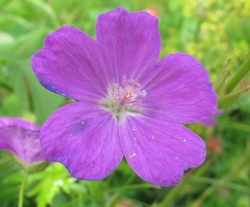 Bloody crane's-bill, Geranium sanguineum
Bloody crane's-bill, Geranium sanguineum Bloody crane’s-bill’s name comes from its seed head, resembling a crane’s bill. Dark blood in pale pink sepals. This year, I’m taking photographs to capture the story of pollination and reproduction, the transition . Changes appear from the moment of pollination, tiny changes for macro-photography and zoom once I’m home again. I’m experimenting with how far I can enlarge an image into something abstract and wonderful . And here in these hairy pink sepals is the reddish pink beginnings of a fruit. Those pale pink sepals are delicately beautiful too. Not the conventional way of seeing flowers. I suppose we often admire fresh flowers, then turn away once the petals fall. That’s it, over. I’ve always liked to study seed –heads. Now I’m hooked on the transitional phase. I’m already wondering whether next summer I can find a more powerful camera.
Butterflies respond quickly to still and sunny conditions and there were common blues, small skipper, green veined white, fritillary. Scotch argus foraged amongst the flowers, restless, rarely settling for long.
The banks of flowers beside the disused railway line are a delight, dense clumps of a particular species; fragrant orchid, harebells, lady’s bedstraw. Amongst pale scabious the deep crimson flowers of great burnet make a fine contrast. Tiny flowers in a dark and compact head, they look like seed heads but look closer and you’ll see they’re made up of tiny petals.
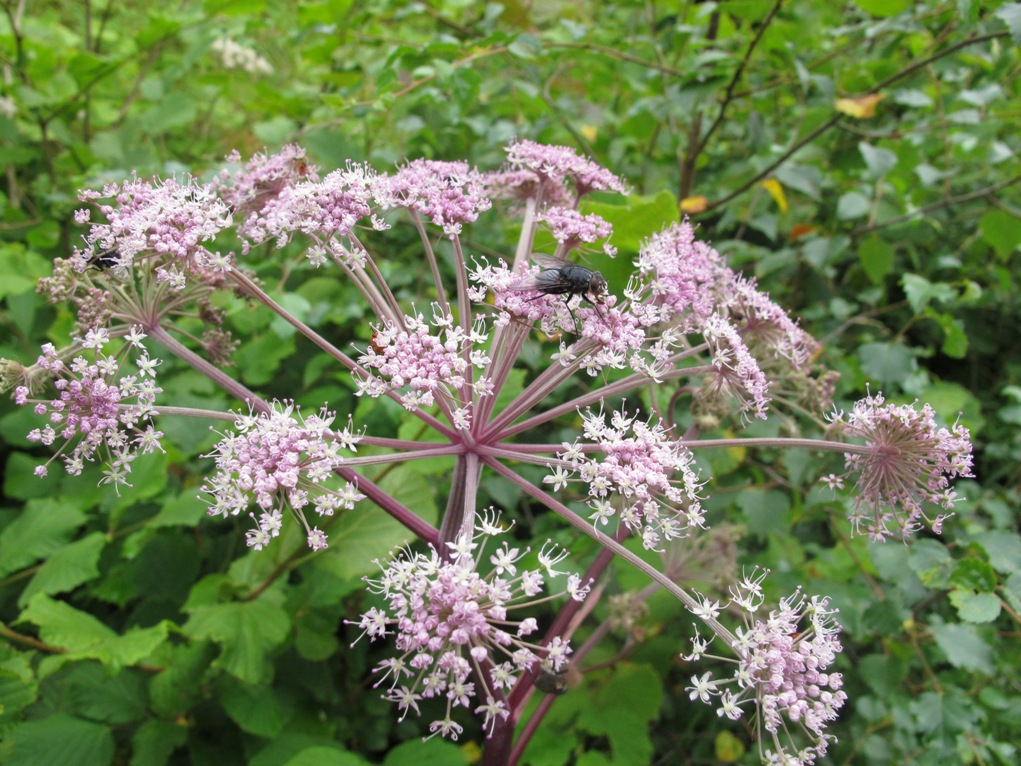
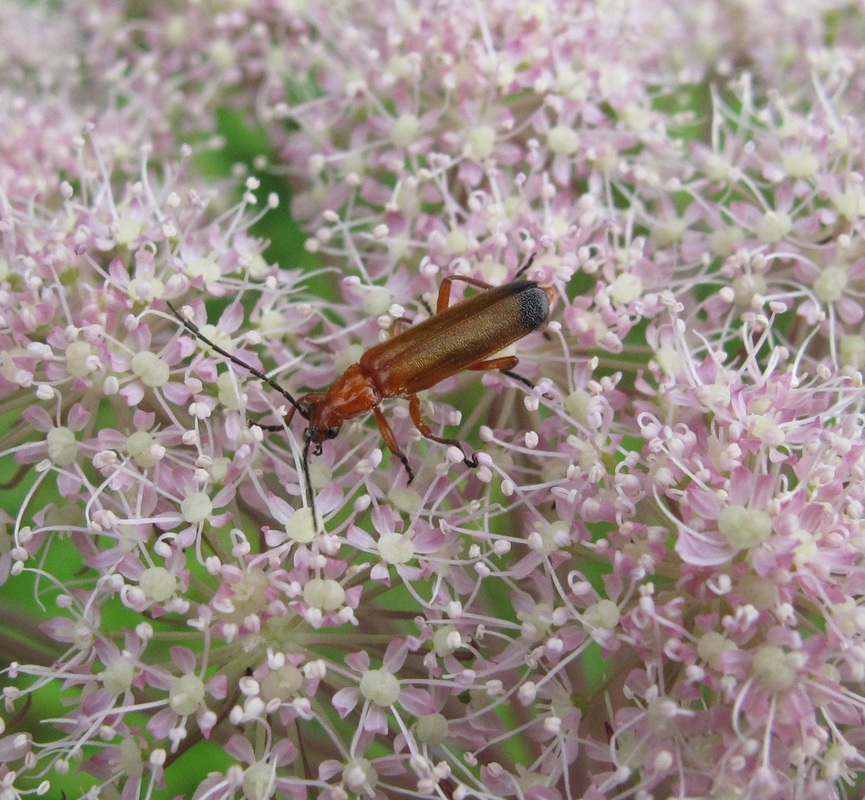
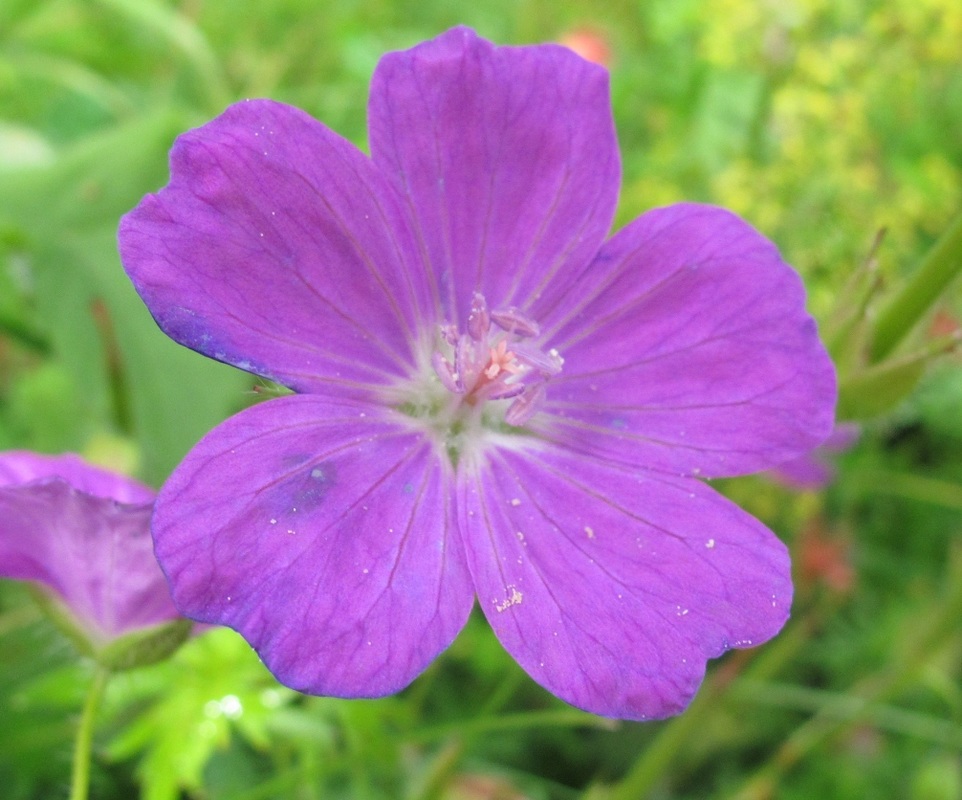
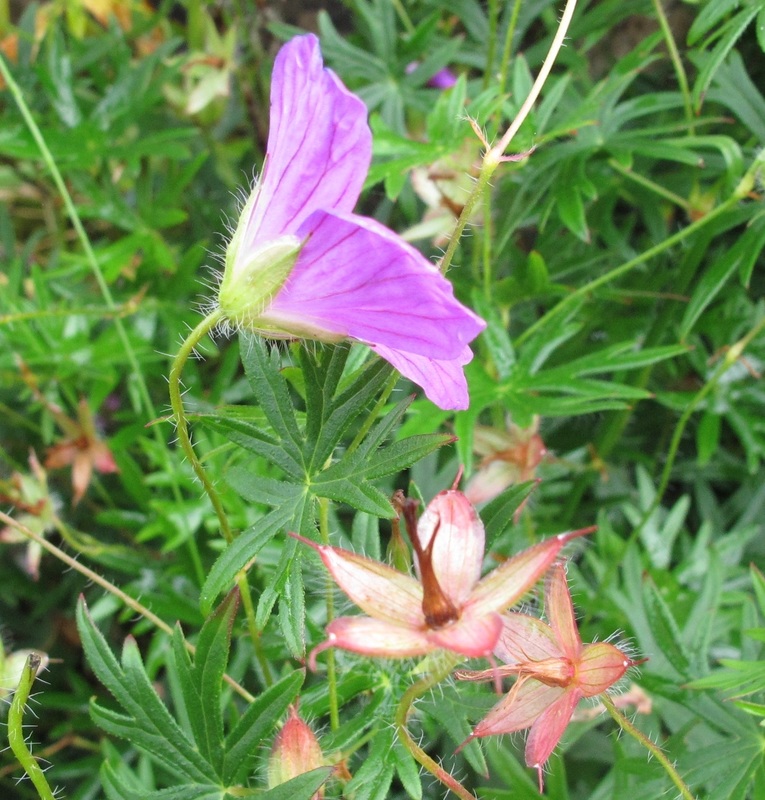
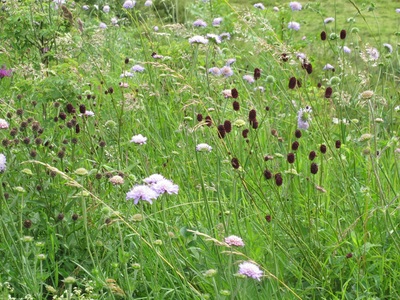
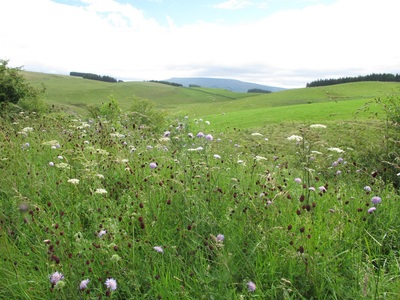
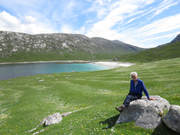
 RSS Feed
RSS Feed